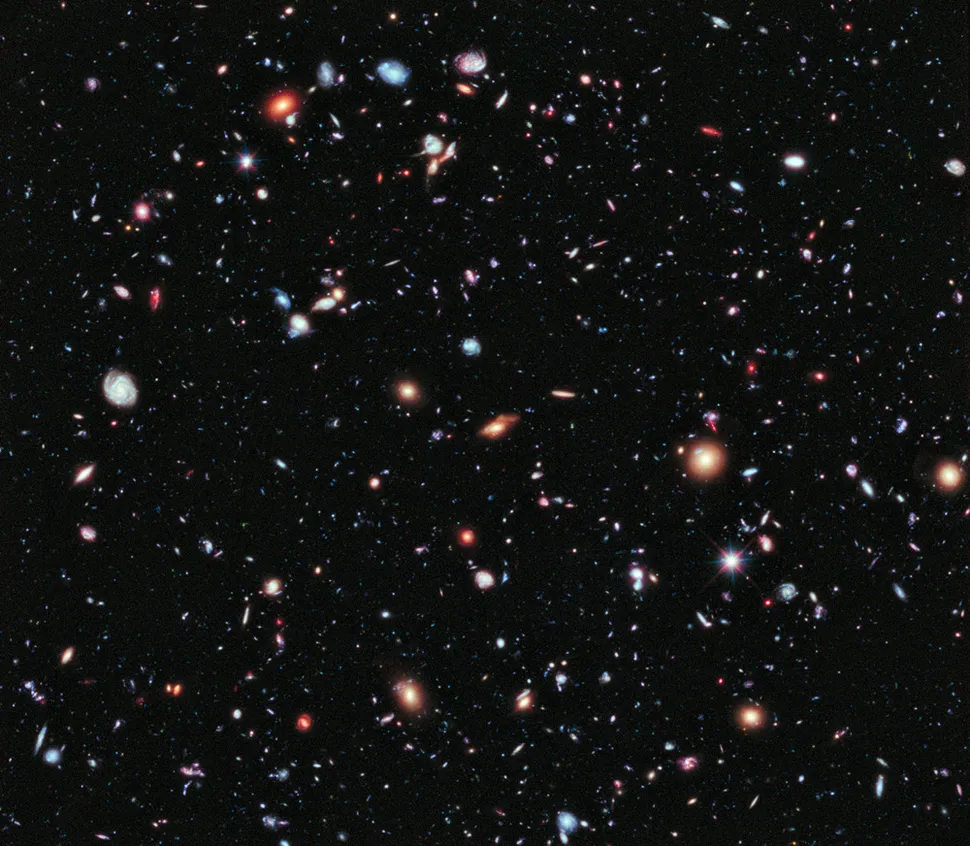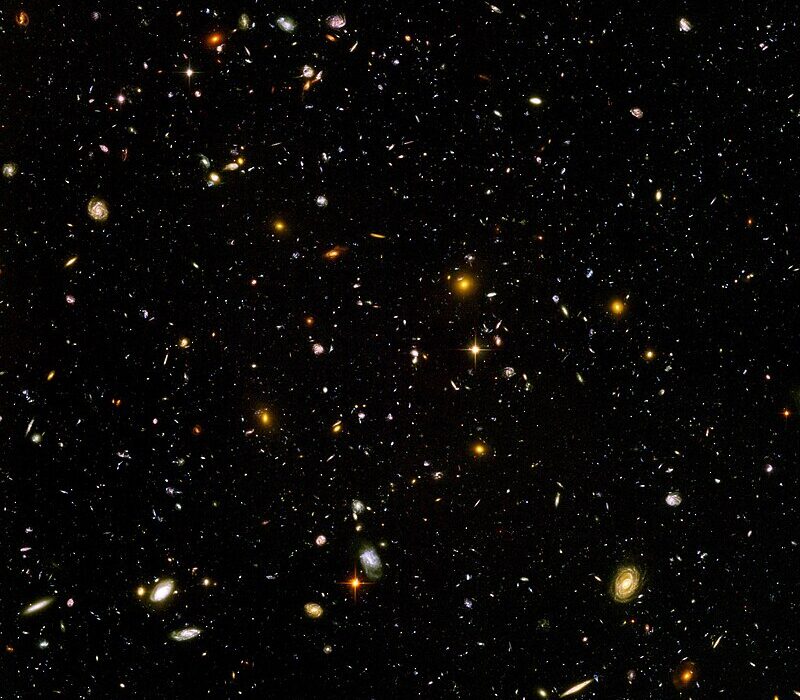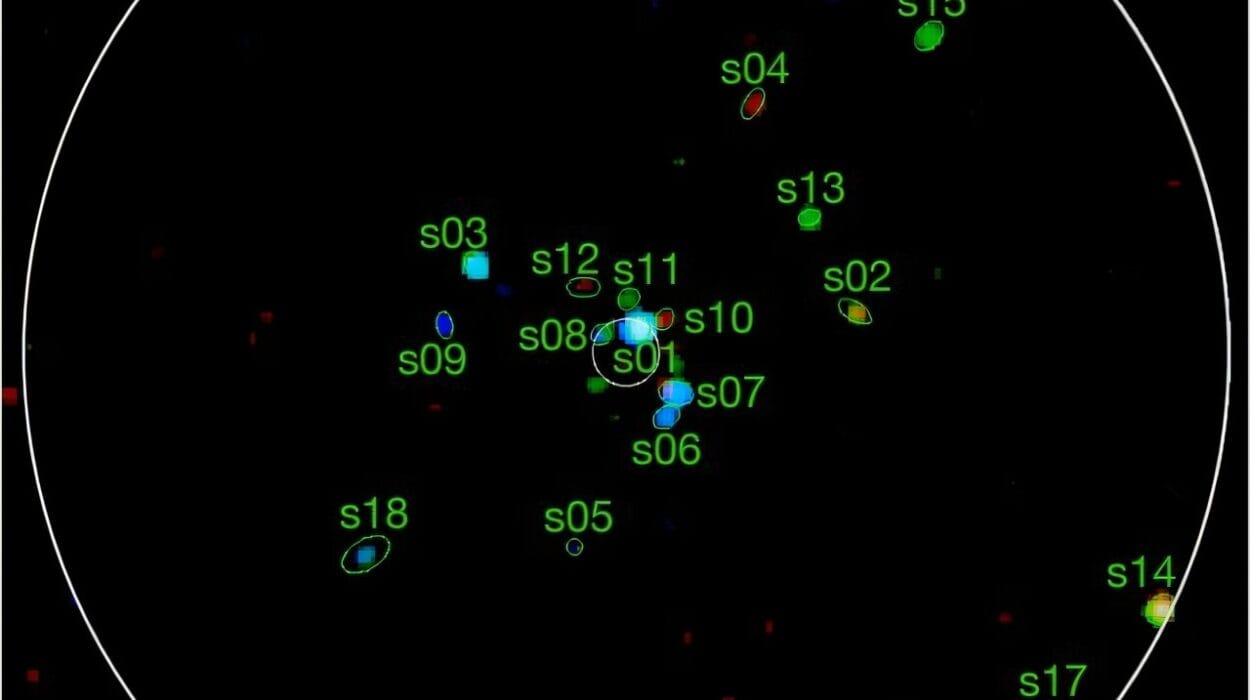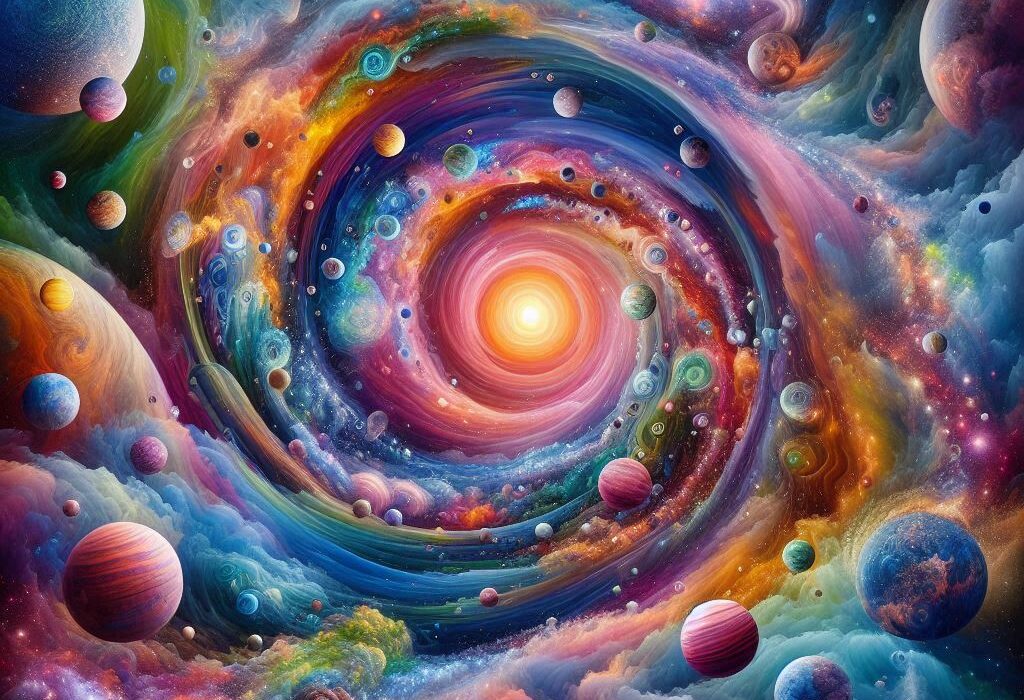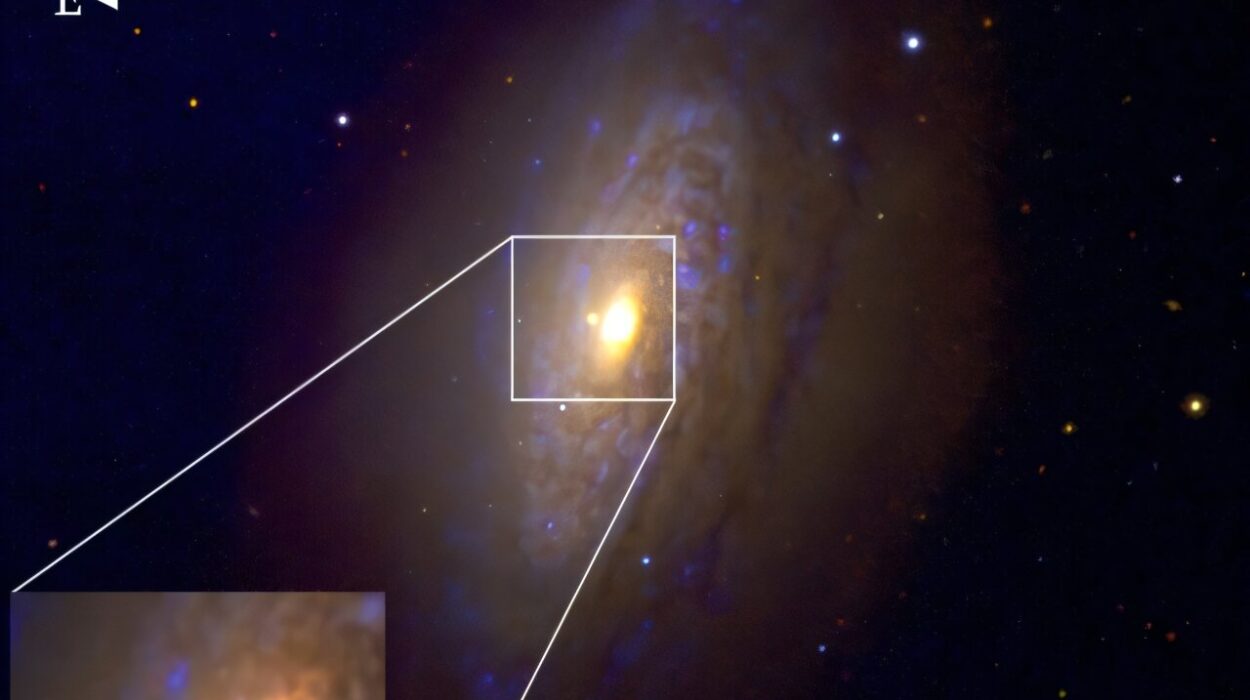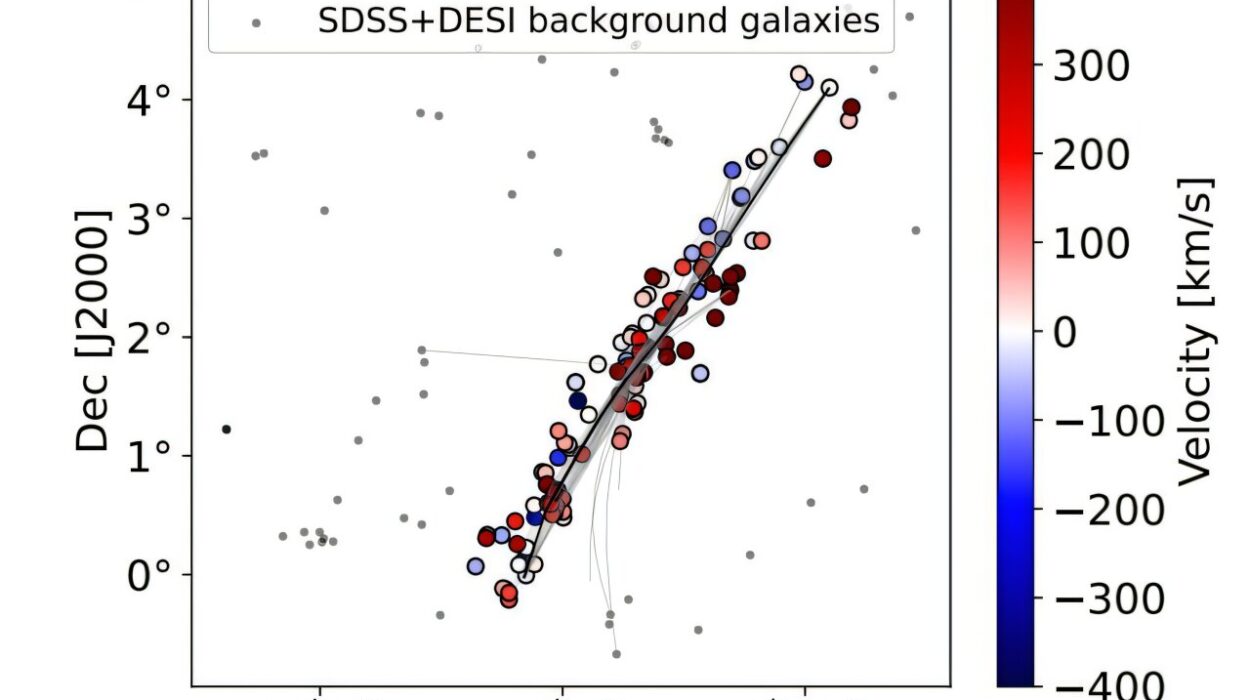When we look up at the stars, we aren’t seeing them as they are. We are seeing them as they were. This isn’t poetry—it’s physics. Light doesn’t travel instantaneously. It takes time. And for the stars, galaxies, and nebulas scattered across the universe, that time can stretch across thousands, millions, even billions of years. The night sky, then, is not a snapshot of the present but a living, glowing archive of the past.
This strange and profound truth lies at the heart of modern astronomy. Telescopes, whether ground-based or orbiting high above Earth, are not just tools for observing distant points of light—they are time machines. Every photon that lands in a telescope’s detector is a messenger from a distant epoch, a whisper from an ancient corner of the cosmos. The farther away the source of that light, the older the story it tells.
To peer far enough, with powerful enough telescopes, is to journey back to a time when the universe itself was young. It’s a voyage not through space alone, but through time, all the way to the moment of cosmic dawn—the birth of the first stars, the formation of the earliest galaxies, and perhaps even the faint afterglow of the Big Bang itself.
Light, Distance, and the Speed Limit of the Universe
To understand how telescopes can peer back in time, we must first grasp a deceptively simple concept: the speed of light. Light moves at approximately 299,792 kilometers per second—fast enough to circle the Earth seven and a half times in a second. Yet the universe is so vast that even this cosmic speed limit becomes a delay.
When we observe the Sun, we see it not as it is, but as it was about eight minutes ago—the time its light takes to travel 150 million kilometers to Earth. A star 1,000 light-years away is seen as it was 1,000 years ago. The Andromeda galaxy, our nearest large neighbor, lies over 2.5 million light-years distant; we see it today as it was when early humans were still chipping stone tools.
This distance-time relationship is fundamental to astronomy. A light-year is not just a measure of length—it’s also a measure of time. The farther we look, the further back we go.
Telescopes extend our eyes to collect faint light from distant sources. The larger the telescope’s mirror or lens, the more light it can gather. The more sensitive its instruments, the fainter the objects it can detect. The more sophisticated its detectors, the more ancient the signals it can interpret. Each improvement is a deeper reach into cosmic history.
The Expansion of Space and the Stretching of Light
Yet the universe has another trick that makes the past accessible: it is expanding. Since the Big Bang some 13.8 billion years ago, space itself has been stretching, carrying galaxies apart like raisins in rising dough. The light traveling through this expanding space gets stretched as well—a phenomenon known as redshift.
Redshift acts like a fingerprint. Light from a galaxy that’s moving away from us is stretched toward the red, longer-wavelength end of the spectrum. The greater the redshift, the farther—and older—that galaxy is. Astronomers use this redshift not only to measure distance but to track time itself. High redshift means high antiquity.
This is how astronomers decode the age of distant galaxies. They compare the light we receive to known atomic patterns and see how far the wavelengths have shifted. It’s a cosmic timestamp, a clue to when that light began its journey.
Thus, by collecting redshifted light from the farthest corners of the sky, telescopes are not just mapping space. They are tracing the universe’s history, galaxy by galaxy, epoch by epoch, toward the very beginning.
From Galileo to Hubble: The Long Arc of Vision
The idea that telescopes could uncover the secrets of the universe began humbly. In 1609, Galileo Galilei pointed a primitive telescope at the Moon and Jupiter, discovering craters, moons, and a universe more complex than the naked eye had ever suggested. But the real revolution was still centuries away.
With the invention of larger, more powerful telescopes in the 19th and 20th centuries—such as the 100-inch Hooker Telescope used by Edwin Hubble—astronomers began to understand that the universe was not static but expanding. This realization led directly to the theory of the Big Bang: the notion that all of space, time, matter, and energy originated from a single, hot, dense state.
In 1990, the launch of the Hubble Space Telescope changed everything. Orbiting above Earth’s atmosphere, Hubble captured images free of the blurring effects of air. It revealed not just stars but whole galaxies never before seen, some so distant their light had taken billions of years to reach us. The iconic Hubble Deep Field image, assembled from 342 separate exposures, showed a patch of sky no wider than a grain of sand held at arm’s length—yet it contained thousands of galaxies, each a vast swarm of stars.
These were not just pictures. They were fossils in light.
Hubble’s success confirmed a bold idea: the deeper we look, the younger the universe we witness. But Hubble had limits. To truly reach the cosmic dawn, astronomers needed a new generation of telescopes, tuned to different wavelengths—particularly infrared.
Infrared Eyes and the Hidden Universe
Why infrared? As light travels through expanding space, it stretches. The earliest galaxies emit visible and ultraviolet light, but by the time that light reaches us, it’s stretched into the infrared portion of the spectrum. To see the ancient universe, we must observe in infrared.
That’s where the James Webb Space Telescope comes in.
Launched in December 2021, the Webb telescope is the most powerful space observatory ever built. With a 6.5-meter gold-coated mirror and instruments designed to detect faint infrared signals, Webb was purpose-built to explore the universe’s childhood.
From its orbit a million miles from Earth, Webb peers into the depths of cosmic time. In just its first year, it revealed galaxies more ancient and more structured than many had expected—some formed a mere few hundred million years after the Big Bang. Its images show glittering clusters of stars, galaxies colliding, and the light of supernovae from a time when the first heavy elements were being forged.
Webb’s infrared capabilities also allow it to look through the dust that obscures newborn stars and planets, offering glimpses of cosmic nurseries and planetary systems in formation. But its greatest treasure is time. With every image, Webb opens a new window into the early universe, peeling back the layers of history like an archaeological dig in the sky.
The First Light: Cosmic Microwave Background
The furthest back we can see is not with visible or even infrared light, but with microwaves.
Roughly 380,000 years after the Big Bang, the universe cooled enough for atoms to form. Before this moment, the cosmos was a hot, dense plasma where light couldn’t travel far. But when neutral hydrogen formed, photons were free to move—and they’ve been traveling ever since.
This ancient light is called the Cosmic Microwave Background (CMB), and it represents the oldest electromagnetic radiation we can observe. Discovered accidentally in 1965 by Arno Penzias and Robert Wilson, the CMB is a faint glow that fills the universe, a snapshot of the moment the cosmos became transparent.
The CMB is uniform to about one part in 100,000, but its tiny fluctuations carry immense meaning. They map the seeds of structure—the slight density differences that would grow into stars, galaxies, and eventually, the cosmic web. Missions like COBE, WMAP, and Planck have mapped the CMB with increasing precision, transforming our understanding of the early universe.
Though no telescope can see beyond the CMB in light, scientists are developing techniques to probe even earlier epochs through gravitational waves or exotic particles—ushering in the potential for even deeper time travel.
The Edge of Time: Reaching the First Galaxies
How close can we get to the beginning?
The James Webb Space Telescope has pushed our cosmic horizon closer than ever. It has imaged galaxies that existed just 300 million years after the Big Bang—a mere blink in cosmic terms. These galaxies are smaller, fainter, and more irregular than the majestic spirals and ellipticals we see nearby. Yet they are crucial: they mark the era of “cosmic reionization,” when the first stars and galaxies reionized the hydrogen fog left after the Big Bang, making the universe transparent once more.
Observing these objects is extraordinarily difficult. Their light is faint, their redshift extreme, and their existence fleeting. But each one is a revelation, offering clues about how the first structures formed, how dark matter sculpted the universe, and how the cosmos evolved from uniformity to complexity.
Webb’s observations are already challenging existing models. Some early galaxies appear to have grown more rapidly than predicted. Others show surprising levels of dust and heavy elements. These findings suggest that star formation—and perhaps black hole growth—began earlier and faster than expected.
We are, in a sense, rewriting the story of our cosmic childhood.
The Future of Time Travel in Astronomy
If Webb is the beginning of a new era, what comes next?
Telescopes under construction today promise even deeper insights. The Nancy Grace Roman Space Telescope, launching later this decade, will offer wide-field infrared surveys to complement Webb’s narrow, deep views. On Earth, the Vera C. Rubin Observatory will scan the entire night sky every few nights, building a movie of cosmic evolution and helping uncover the nature of dark energy.
Further in the future, the European Extremely Large Telescope (ELT) and the Giant Magellan Telescope (GMT) will use adaptive optics to reach unprecedented resolution from the ground. These behemoths will study the first galaxies, exoplanets, and perhaps even the atmospheres of Earth-like worlds.
And beyond those? Concepts like the LUVOIR or HabEx space telescopes imagine successors to Webb with the sensitivity to find biosignatures on alien planets—or to look for the flicker of city lights on distant worlds.
As our telescopes grow more powerful, their reach through time will deepen. We will not only explore the origins of the cosmos, but perhaps our own.
The Meaning of the View
What does it mean that we can see the past?
It is not merely a scientific curiosity. It is a humbling, awe-inspiring reality. Every photon caught by a telescope’s mirror is a traveler from another time. Some come from before the Earth existed. Some were born in galaxies that no longer shine. Some began their journey before the atoms in our bodies were formed.
To look at the sky is to look at history.
But it’s more than that. It’s a reflection of our deepest human impulses—to ask where we come from, what we are part of, and where it all began. Telescopes are our ships on that voyage, carrying us not across oceans, but across aeons.
They show us that we are part of a grand unfolding. That the light of a dying star, flung across time, can land in the eye of a creature capable of understanding it. That the universe, in knowing us, begins to know itself.
And that perhaps, in our gaze back to the beginning, we also catch a glimpse of what it means to be.
